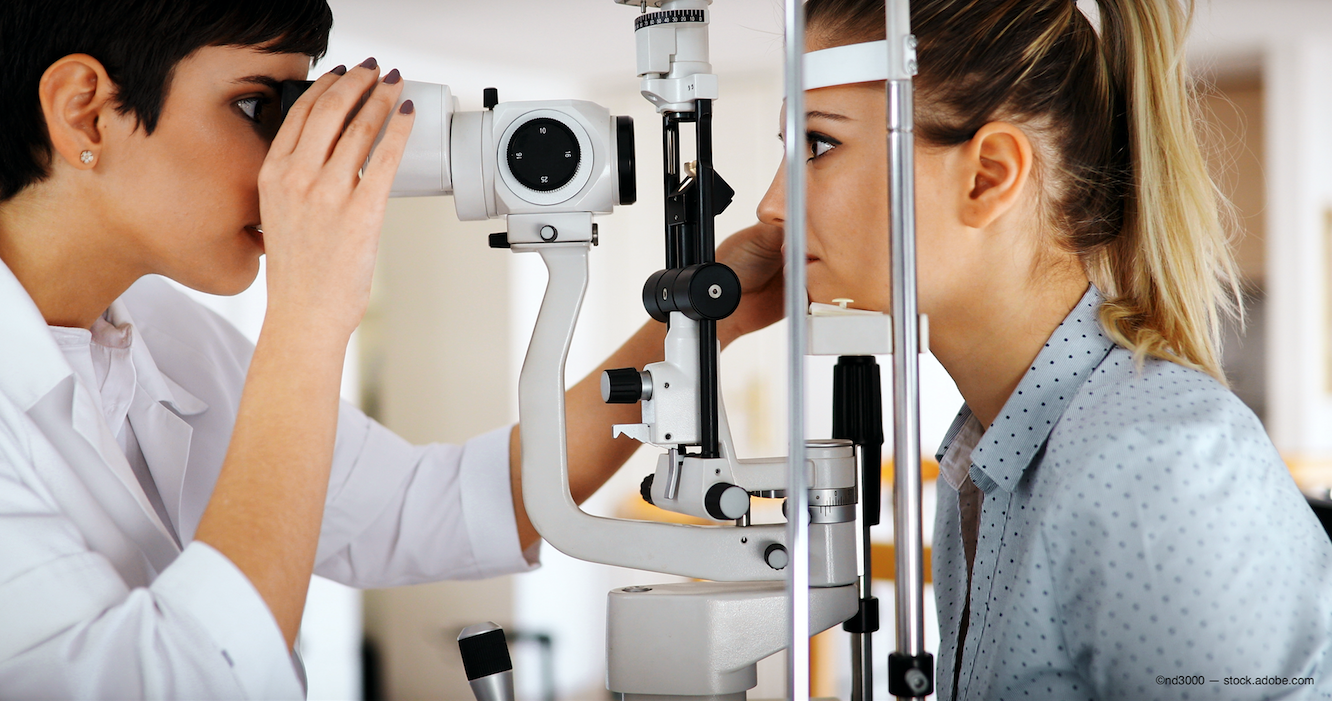Clinical Symposium on 3D Vision and Health
more from 3D Vision & Eye Health
Organizations Will Share Scientific, Clinical Research for Better Understanding of 3D/S3D Viewing and Promotion of Vision Health
The American Optometric Association (AOA) and its 36,000 members today announced its partnership with the 3D@Home Consortium, a group of more than 45 companies, to improve the understanding of 3D/s3D viewing as a safe and appropriate technology for all viewing audiences. The parties signed a Memorandum of Understanding (MOU) today, stating their intent to share data and jointly promote vision health utilizing stereoscopic 3D displays.
The cooperative relationship will be a conduit for the exchange of the most current information and research. Both the AOA and the 3D@Home Consortium acknowledge that vision and eye health may enhance consumers’ abilities to view 3D/S3D images, and ultimately increase their use of such technology. The two groups will collaborate in the development of common interest strategies, exchange of ideas, and shared best practices.
With the range of new 3D products now available for home use, the quality of viewing is not based solely on image-related aspects but is also tied explicitly to human vision development and the human perceptual experience. Potential projects covered by the MOU include 1) enhanced public and professional communication; 2) development and design of 3D/S3D based vision risk assessment tools; 3) development and design of applied therapies; 4) providing new integrated efforts for quality improvement and evaluation, and 5) improved public health and vision and eye health.
“AOA, representing America’s family eye doctors, will be of great assistance to the 3D@Home Consortium in broadening their understanding of the human visual system,” said Dori Carlson, OD, President-Elect of the AOA. “We also know that 3D viewing may help discover subtle vision disorders in both children and adults, that, left uncorrected, interfere with the 3D viewing experience, and even result in the ‘3Ds of 3D viewing’—discomfort, dizziness, or lack of depth.”
The 3D@Home Consortium, working to accelerate the adoption of 3D/S3D in the home, provides a coordinated industry voice in 3D technology to both professionals and consumers. “By working together, the 3D@Home Consortium and the AOA can leverage the rich diversity of our organizations’ membership in conducting the critical research on stereographic imagery and its impact on the human visual system. This information is a needed component for the applications of 3D in entertainment as well as commercial, industrial, and education. Even more important is how we explore various ways this same research and technology can detect and help treat vision problems undetected in the past,” said Rick Dean, Chairman of the 3D@Home Consortium.
Both groups will be encouraging their constituents to incorporate the use of stereoscopic testing and educational materials in their products, helping the public build an appreciation for the importance of optometry-delivered vision and eye health care, as well as the importance of yearly comprehensive eye exams.

